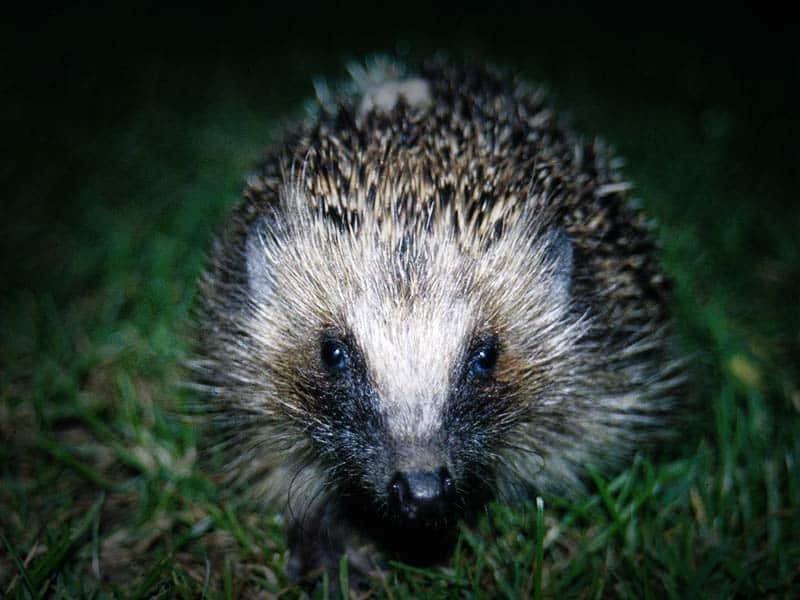Claire Stewart, GiGL Community Officer

© Nigel Reeve
Recording wildlife has never been so popular. With the advent of smartphones, wildlife recording apps, simple online ID guides, and even bird song ID apps, everyone from seasoned bird watchers to first-time kingfisher-spotters can keep track of their wildlife sightings and contribute to national datasets.
A popular tool many people are using is iRecord. After registering for free, people can add their own biological records and photographs and view records shared by others. Users can upload either a single record or a list of records via the website, or download the app and add their sightings on the go.
The four key pieces of information needed to submit a record are who recorded what, where and when. iRecord allows people to add additional information like abundance, sex, life stage, habitat, additional comments and whether a sensitive species has been recorded. Once someone uploads their records, automatic checks are run to help spot potential errors. If, for example, someone thinks they spotted a grey wolf on their way home on Friday night, the suspect record will be investigated or removed. Experts can also review sightings to verify records and help identify species correctly; something that is necessary considering there are approximately 27,000 insect species in the UK alone. All wildlife sightings uploaded on iRecord are made available to National Recording Schemes and Local Environmental Records Centres, where both verified and unverified records are available for download. The verification status of each record is shown.
GiGL can download data within the Greater London boundary from iRecord, but before the data can be added to GiGL’s species database, it first has to be manipulated into a standardised format that matches the other records we hold. While doing this, we often encounter funny comments that have been uploaded alongside records. Hedgehog records in particular are often accompanied by detailed comments. For example a “nice plump hedgehog” was spotted “trotting across the road” in Orpington, while one hedgehog enthusiast in Wallington has “placed an igloo hedgehog house in the garden for when she becomes active”. Another small hedgehog, rescued after being “found curled up next to a busy road” has “just woken up following hibernation and is now huge, looks very healthy and appears happy”.
It is not only hedgehogs that catch recorders’ imaginations. A rather grubby stag beetle in Southwark was “cleaned up and sent on his way” while a farmer in Upminster who usually only sees two pied wagtails, was thrilled one weekend by the sight of six “around the muck heap, mating”. Reading comments from enthusiastic members of the public who want to share their enjoyment and observations of the natural world is a real pleasure and there’s always a comment that makes us smile.
Since iRecord started in 2016, over 8,500 verified records have been uploaded to GiGL’s species database; and in the first months of 2017, only 67 of the 3,787 butterfly records uploaded onto GiGL’s database were not from iRecord. These records are now accessible to a range of data users including consultants, researchers, students and policy makers. This is a great example of the value of wildlife recording and citizen science contributing to datasets that underpin science, policy and practical conservation.
iRecord is created and run by the Biological Records Centre, who have a national focus in the UK for terrestrial and freshwater species recording. For records within Greater London, you can still use GiGL’s own one-off recording form or our spreadsheet for multiple records.
